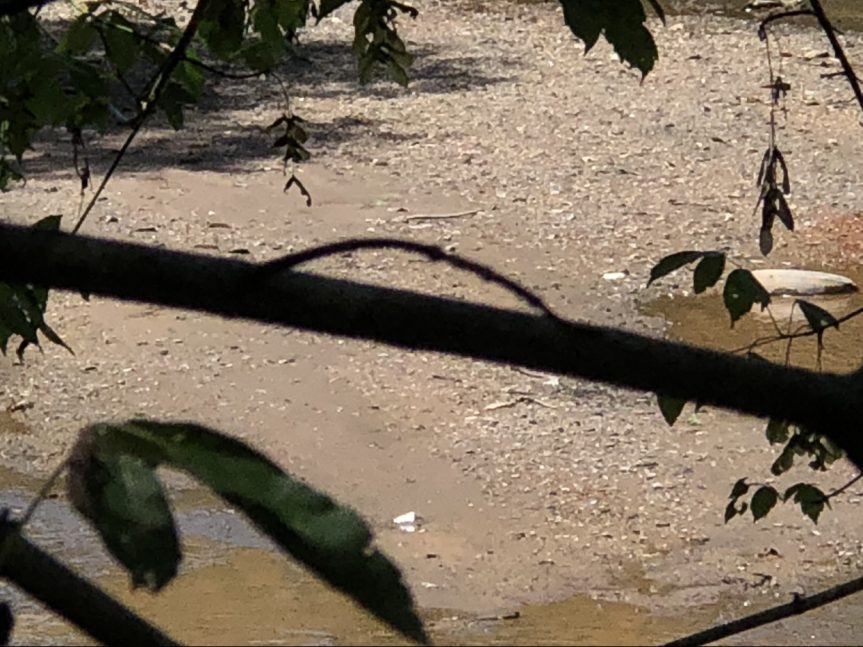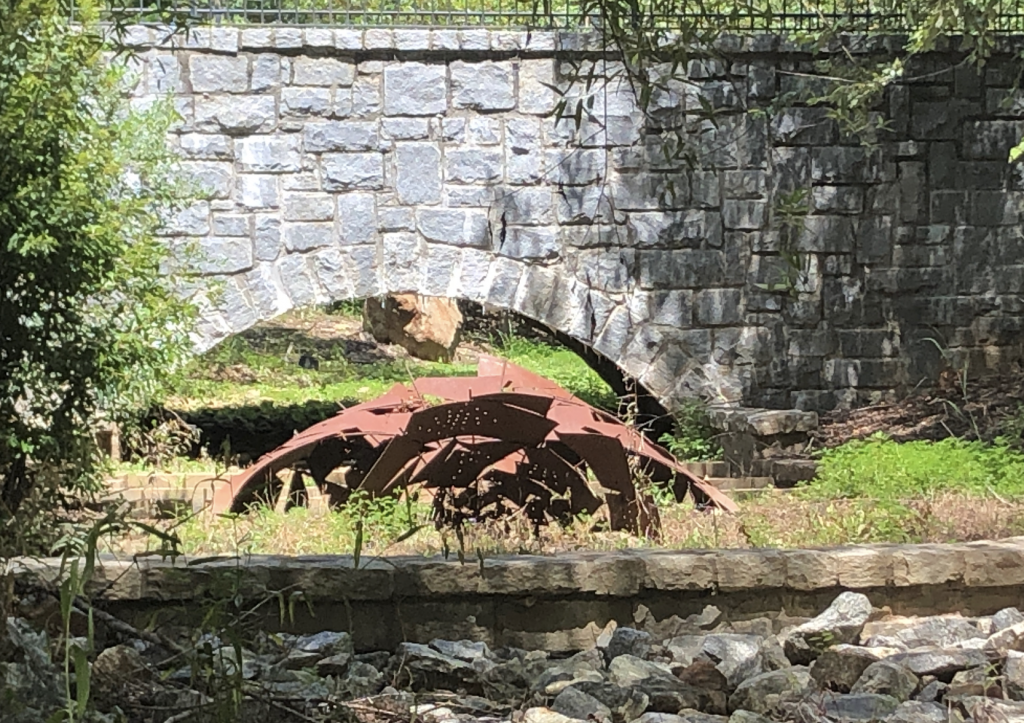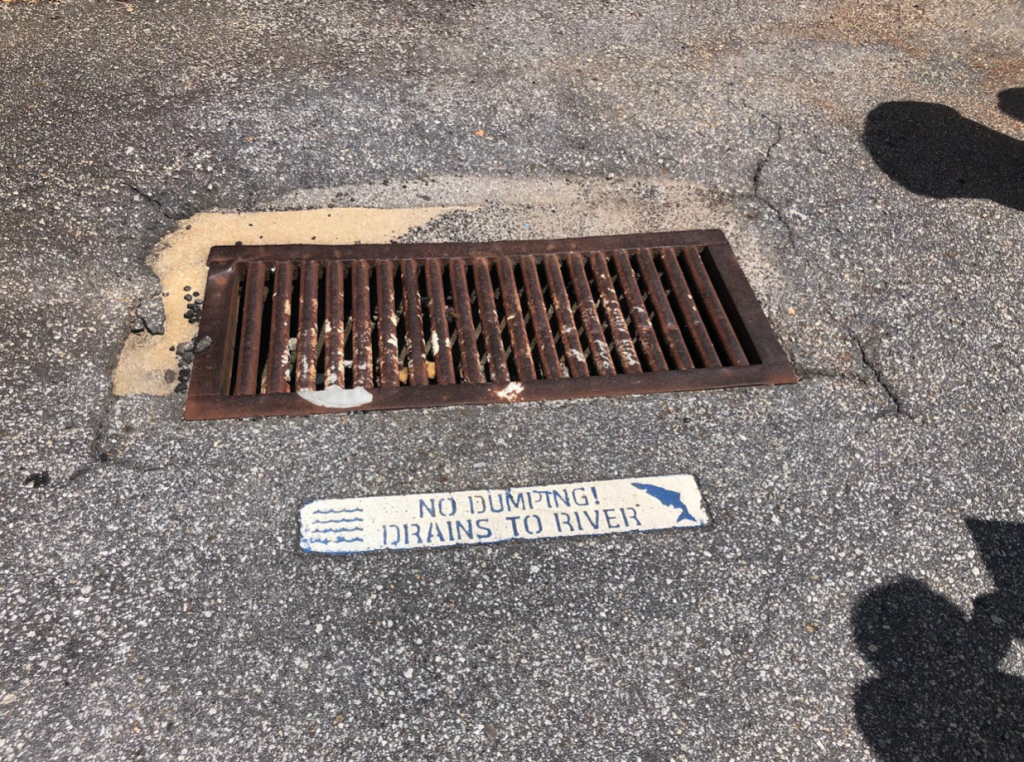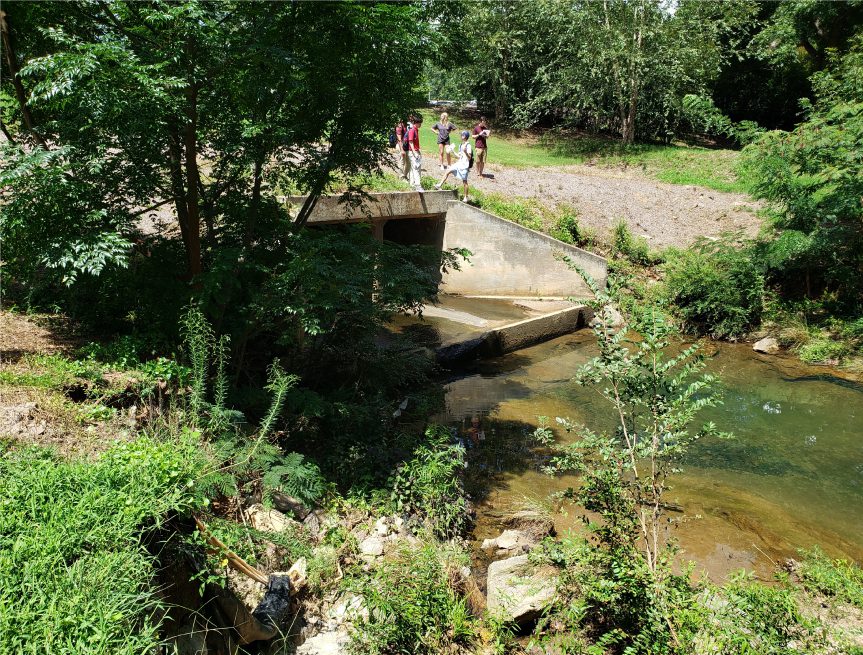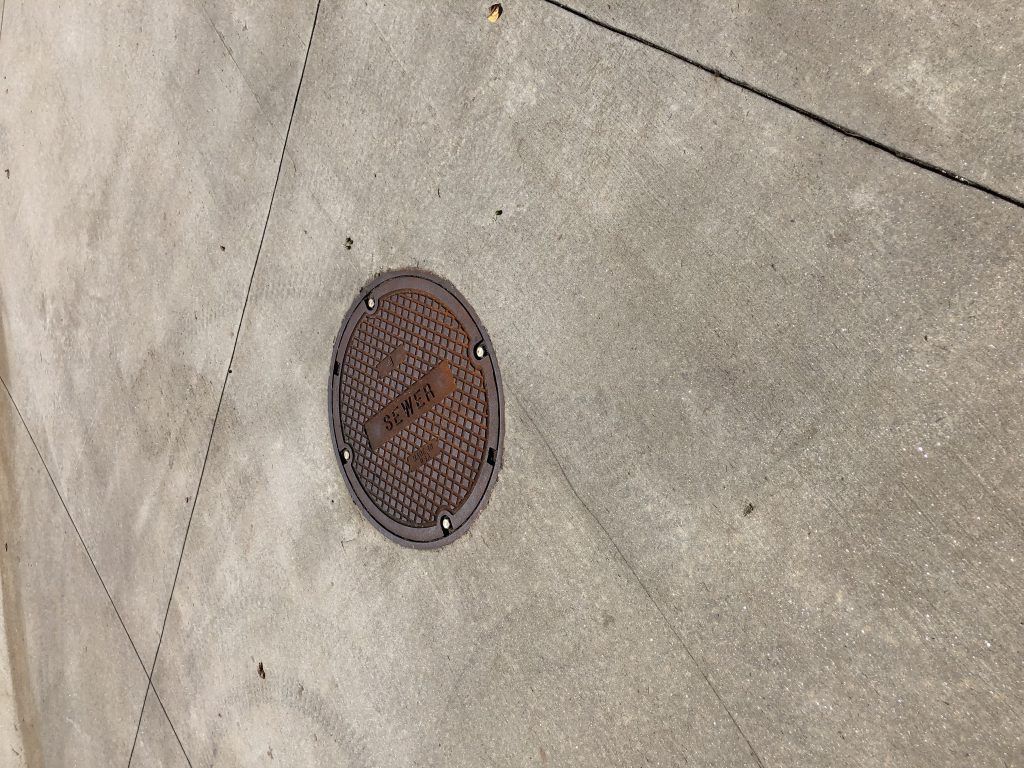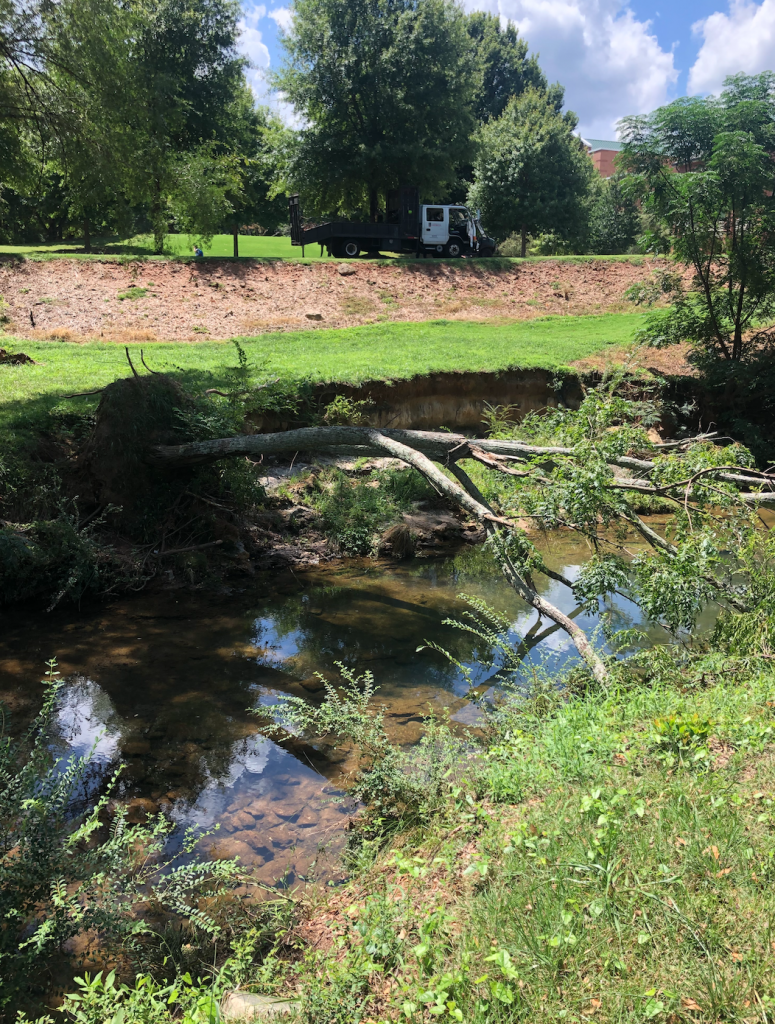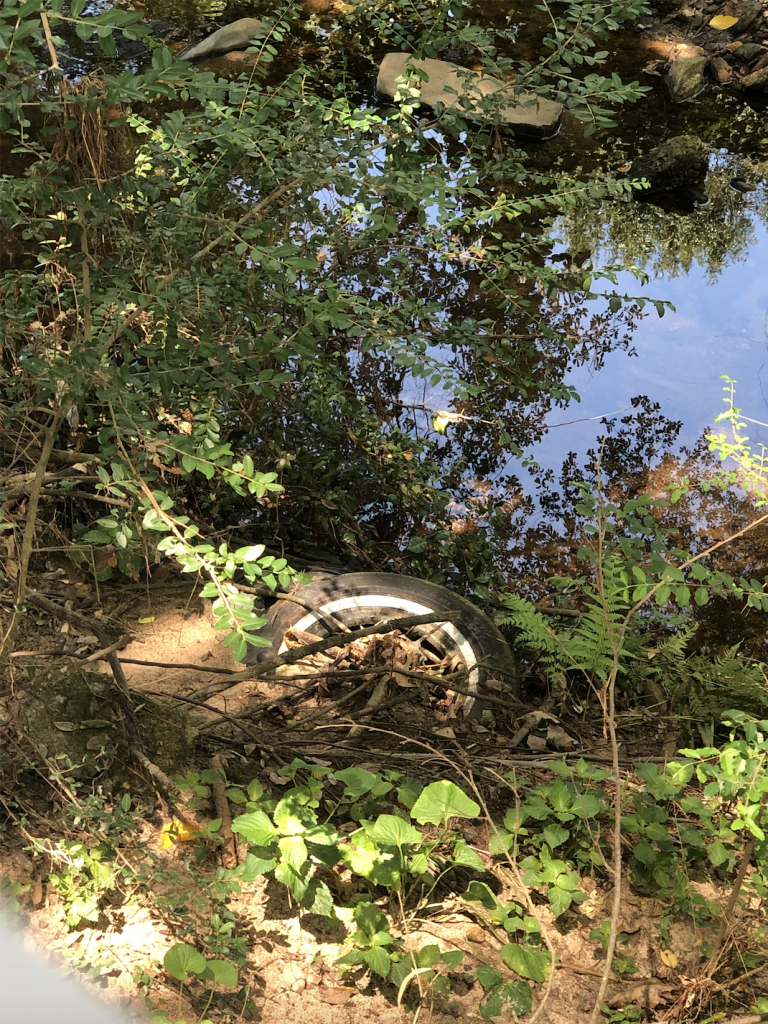
In this picture, I see some lively green plants resting near a seemingly still body of water. in the center, there is a half exposed tire buried beneath the dirt. The area is mostly shaded but some rays of light make it through the tree leaves above.
What I notice in this picture is the main reason why I took it, which is the tire in the ground. If the tire weren’t there, everything else looks like healthy wildlife.
This picture makes me think about the pollution in our environment. The tire is already half buried in the dirt and has sticks accumulating in the center, which leads me to believe that it has been there for a while. I saw it in the ground, and while fully knowing it shouldn’t be there, I still didn’t do anything about it. This made me think about how many people see this item in particular and other pollutants and don’t do anything about them even though they know the pollutants shouldn’t be there. I also wonder how the tire got there and whether it was intentionally left there or not. I think most people would interpret this at first as just someone leaving a tire in the ground and forgetting about it, but after thinking about it more it goes much deeper than that and relates to all the pollution that people forget about or ignore.
When I look at this picture, I feel demoralized. I don’t feel that way just because I was actually there and didn’t dispose of the tire properly, but I feel demoralized because of how often this type of littering/pollution occurs. Throughout the rest of the scavenger hunt I found a lot of trash that needed to be picked up. That trash could be there so long that it becomes buried just like the tire.
I think this picture is a symbol for human interaction with the environment. This shows what happens to pretty areas of nature when mankind gets involved and doesn’t care about the consequences of their actions. Not everyone has to be a hero, we just need everyone to not be a villain when it comes to pollution and littering.

